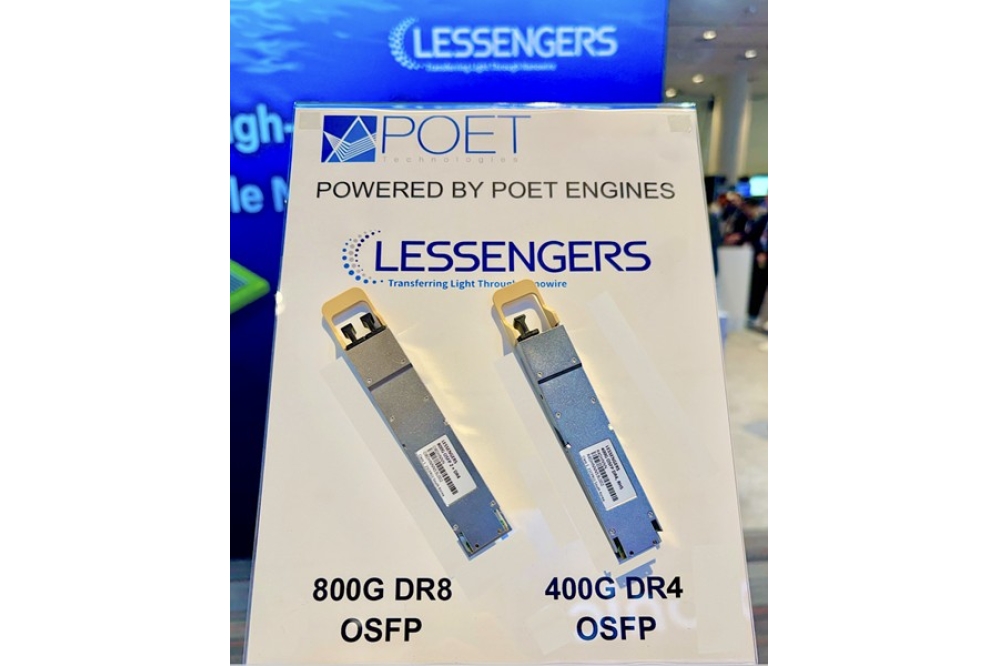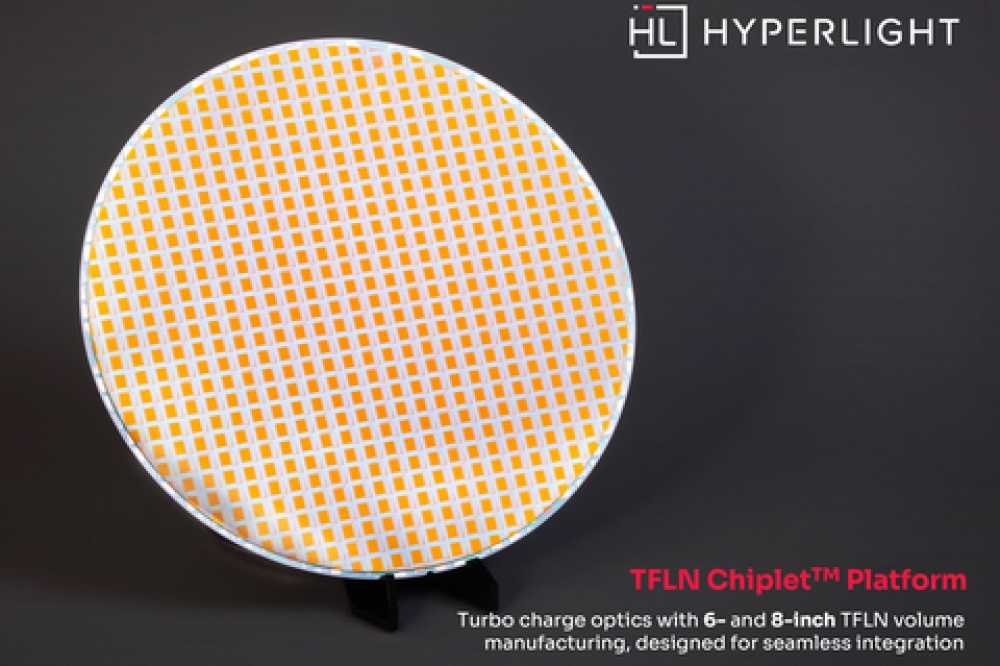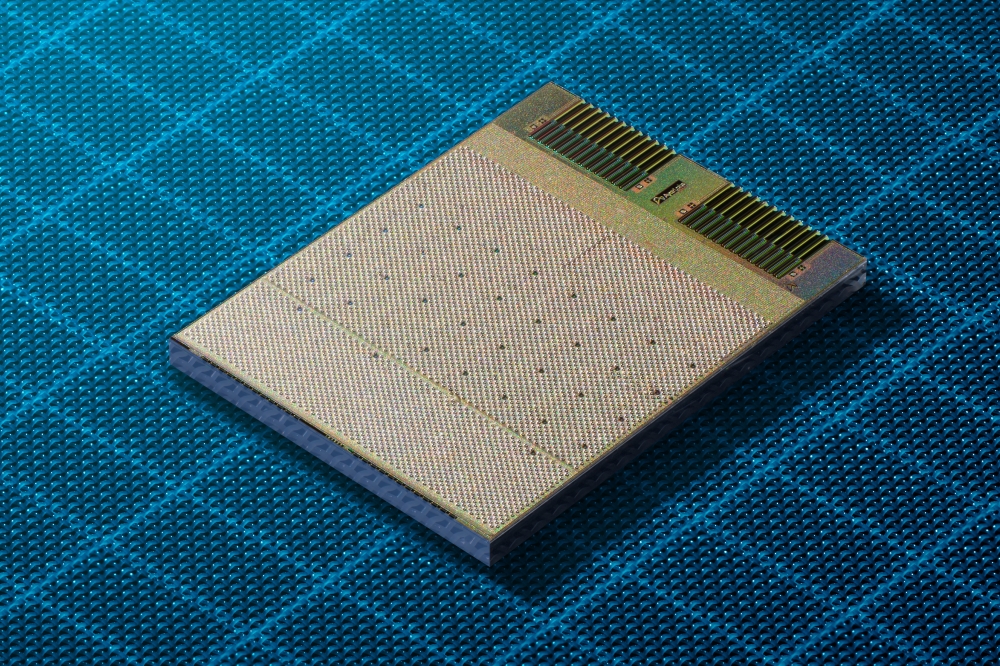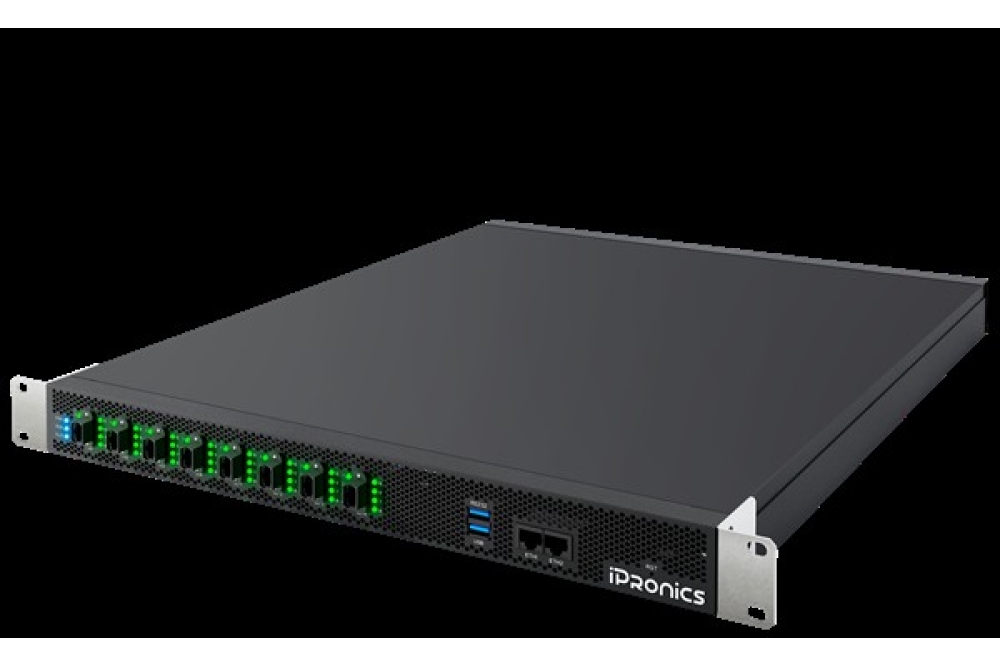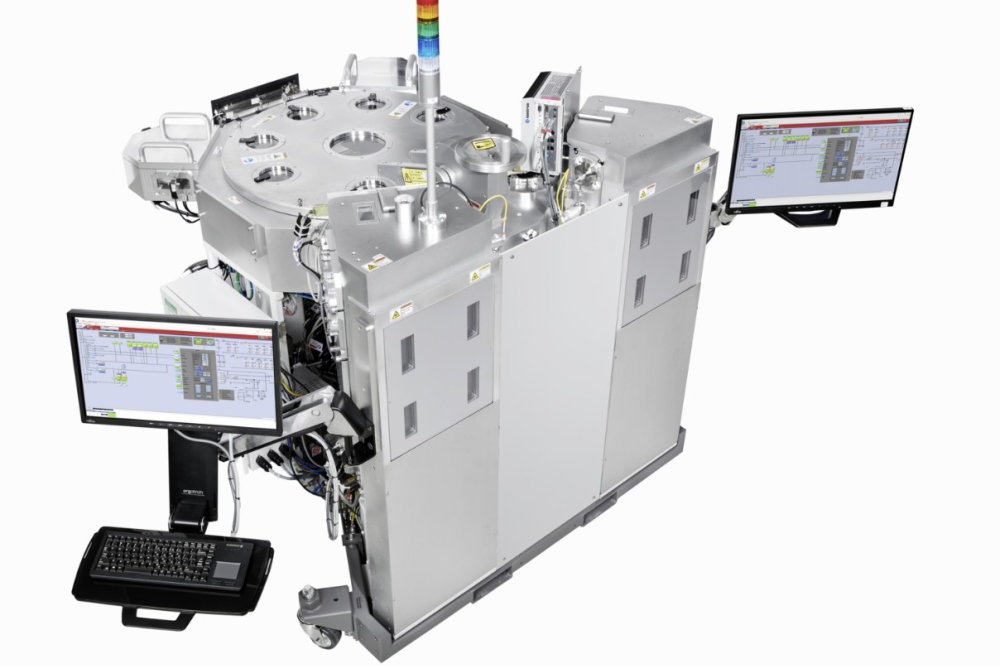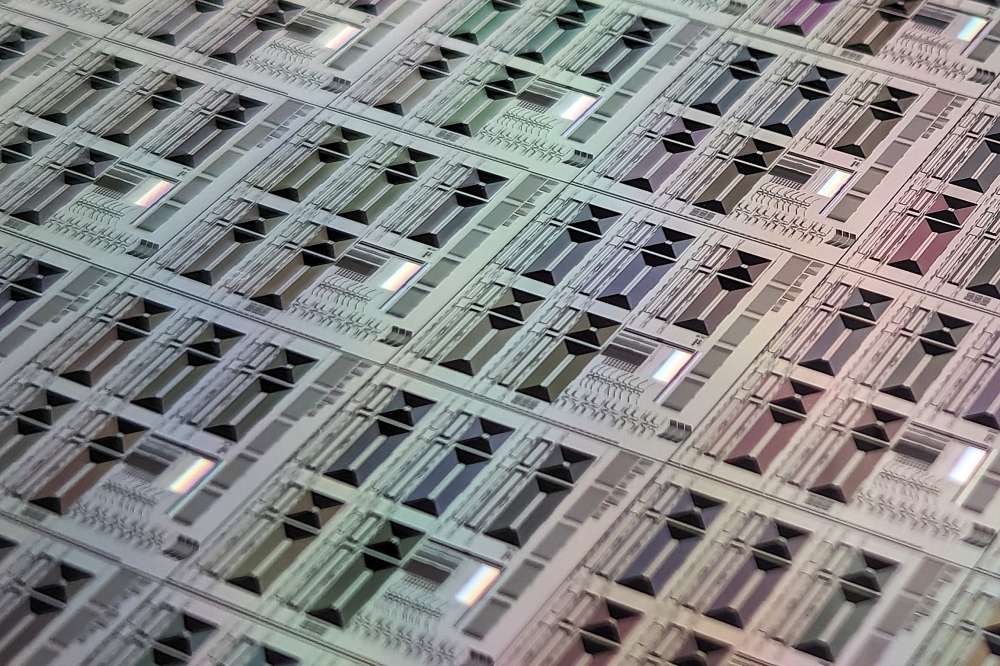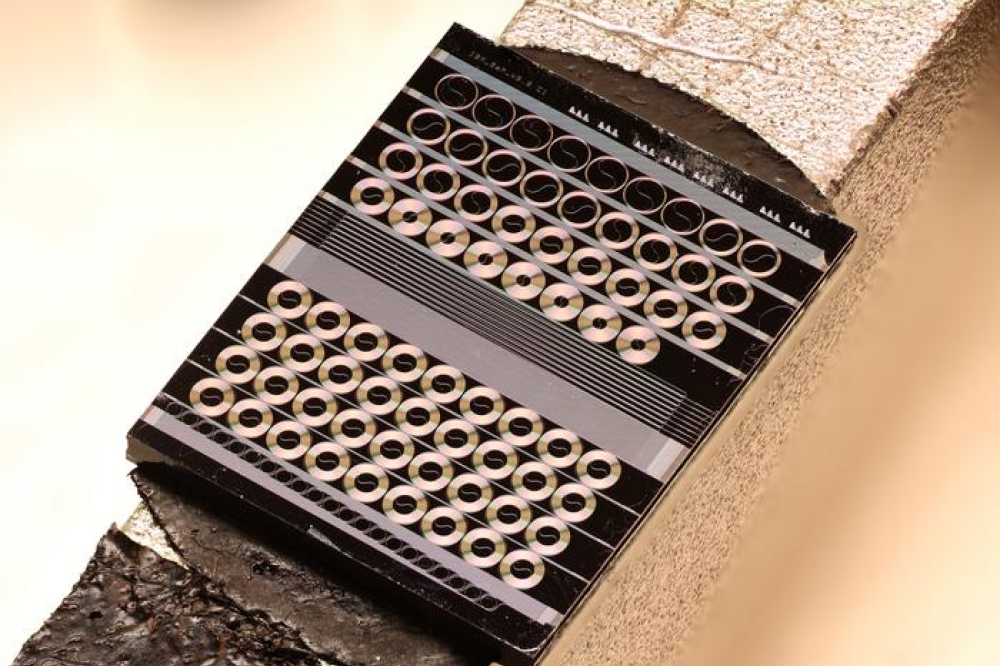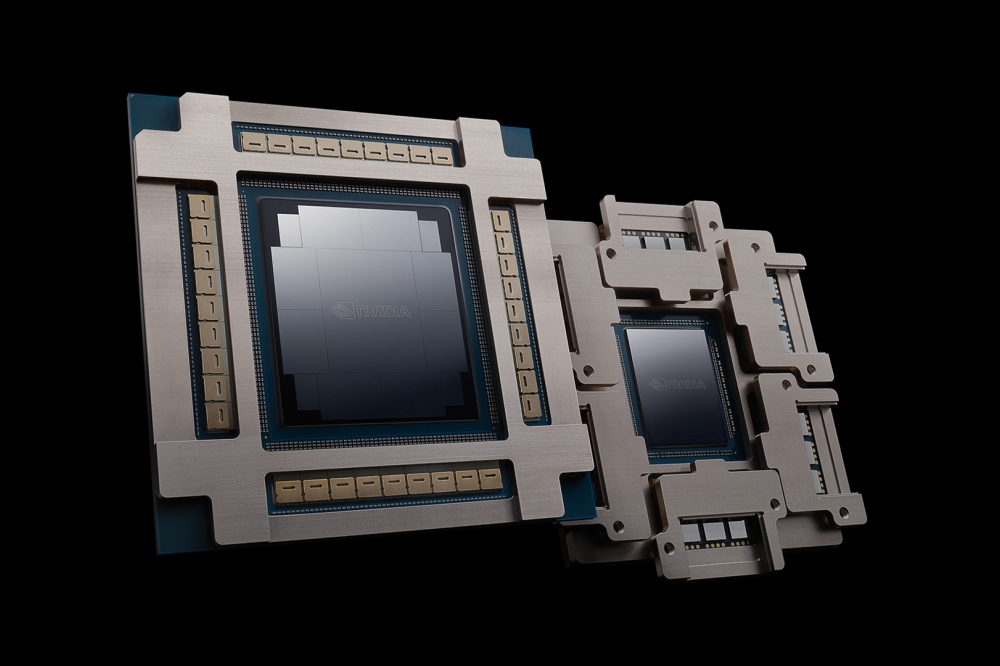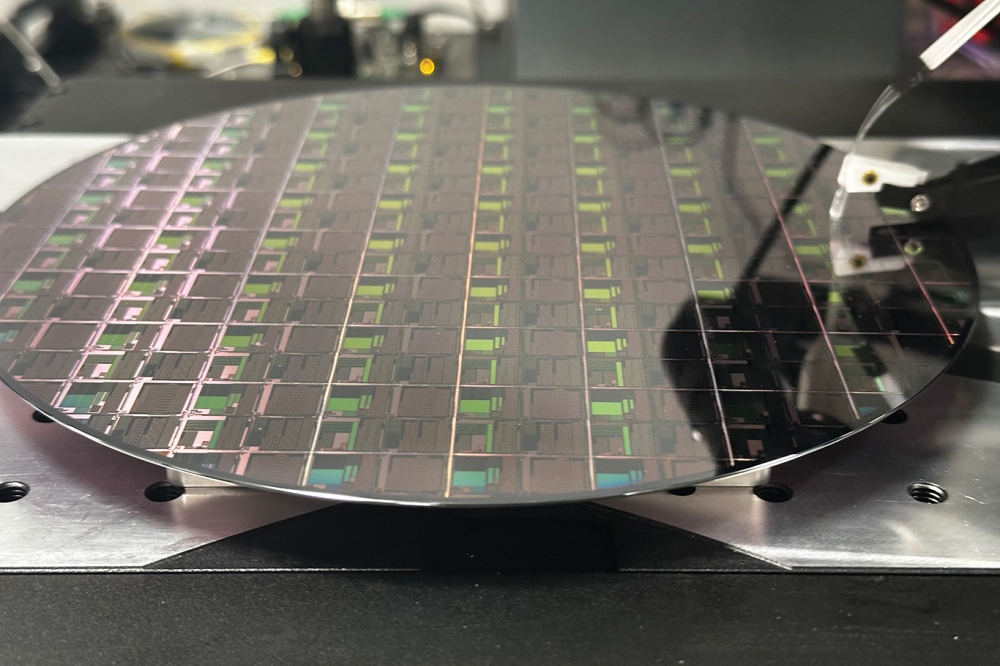Centera Photonics announces 1.6T transceiver with integrated lasers

The company says the module’s NewPhotonics NPG102 monolithically integrated laser and modulator design eliminates traditional external laser coupling challenges for reduced power consumption
Centera Photonics, a silicon photonics optical solution provider for datacentre interconnects, has announced an industry-first 1.6T transceiver module featuring the NewPhotonics NPG10201 PIC transmitter-on-chip (TOC). The company says this marks a major step forward in rapid industry adoption of integrated silicon photonic-based communications solutions for reduced energy consumption in high-capacity AI and cloud-scale networking.
This collaboration between Centera and NewPhotonics aims to enable the industry's first advanced DSP functioning alongside the NPG10201 octal channel 224G per lane with integrated lasers built to deliver 1.6T OSFP solutions to Tier 1 hyperscalers.
“With the NPG10201, we are delivering an unmatched combination of integration, power efficiency, and performance to set a new benchmark for AI-driven networking,” said KF Tsai, president of Centera Photonics. “By leveraging innovative laser-integrated PIC technology by NewPhotonics, our module eliminates key bottlenecks in power-hungry AI interconnects to dramatically improve thermal efficiency, manufacturing scalability, and overall system reliability. This highly integrated approach enables a breakthrough in pluggable transceiver density while keeping power consumption at industry-leading levels and scale needs that our customers need urgently.”
Centera says its transceiver is designed for OSFP pluggable modules, integrating the NewPhotonics laser-enabled TOC in an ultra-compact, low-power architecture optimised for the increasing bandwidth demands of hyperscalers and AI-driven datacentres. The module's NPG102 monolithically integrated laser and modulator design eliminates traditional external laser coupling challenges for reduced power consumption. Innovation in NPG102 fabrication improves module production yield maturity, reliability, and efficiencies that accelerate module time to market, the company adds.
According to Centera, the 1.6T DR8 OSFP module design marks a new generation of low-power transceivers. The thermal design and optimised PCB aim to consolidate module performance delivering the lower power advantage that hyperscalers and AI factories demand in network infrastructure upgrades. The easy array optics assembly seeks to save process cycle time, and the interconnect on the PCBA process results in improved signal integrity performance for 200G/channel applications such as the 1.6T module with a data rate of 200G x 8 channels.
“Centera's leadership in high-performance silicon photonics transceivers is a testament to the increasing market demand for integrated optical solutions,” said Doron Tal, SVP and GM of optical connectivity at NewPhotonics. “The adoption of NPG10201 for DSP-based modules by Centera signals a clear progression in the optical connectivity roadmap, reinforcing the shift toward all-optics architectures that reduce power, latency, and complexity for AI-driven networking infrastructure.”
Vladimir Kozlov, CEO of LightCounting, commented: “Demand for 1.6T transceivers is strong, but widespread deployment is held back by power consumption and integration challenges. NewPhotonics NPG102 is a timely innovation that addresses these barriers in support of broader 16.T optics adoption.”







